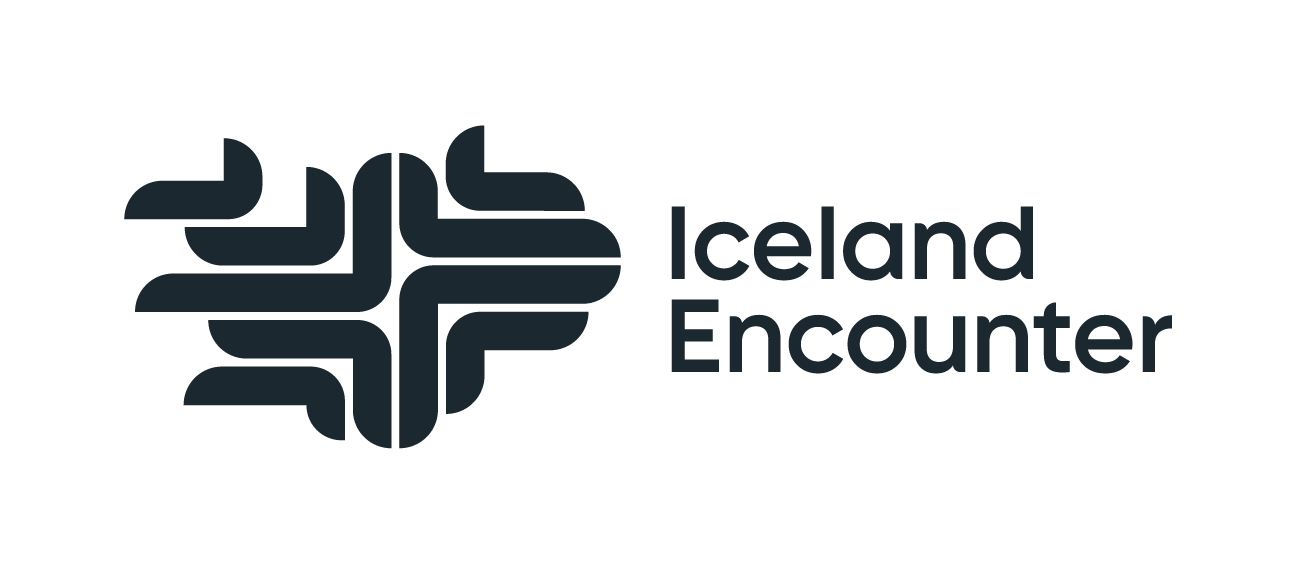Frequently Asked Questions
7
L
Where is Iceland?
7
L
How do I get there?
7
L
How big is Iceland?
7
L
What is the weather like?
7
L
How long or short are the days?
7
L
How should I dress?
7
L
What are the swimming pools like?
7
L
Do Icelanders speak English?
7
L
What is the food like?
7
L
What is the currency?
7
L
What about electricity?
7
L
When are shops open in Reykjavik?
7
L
Is there a shopping tax refund?
7
L
Will my mobile phone work in Iceland?
7
L
What about Internet access?
7
L
